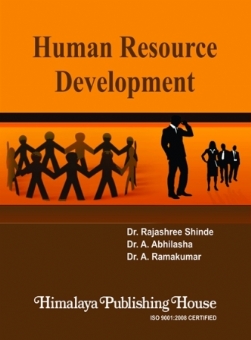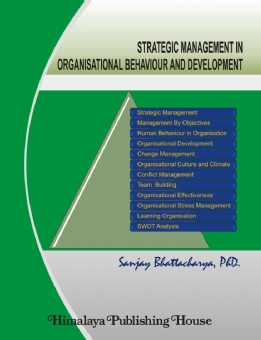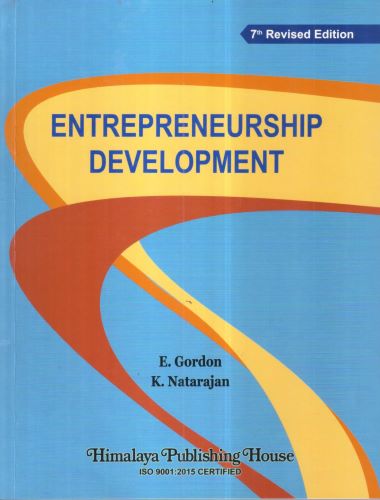Human Resource Development (HRD) is the framework which helps employees develop their individual and organizational skills, knowledge and abilities. Performance Management can be base for HRD. Employee training, employee career development, individual development, organization development are important parts of HRD process, as the spotlight of all these aspects of Human Resource Development is creating and developing most superior workforce.
Human Resource Development is the structure that allows for individual development, potentially satisfying the organization’s goals. The development of the individual will benefit both the individual and the organization. Performance Management is the base for HRD. The main objective of performance management is continuous improvements in performance with a view to attaining organizational goals. The basic purpose of training and development programmes is ‘bringing a person to an agreed standard of skill by practice and instruction’. To make any training successful, the organization should concentrate on needs assessment, design, successful implementation and evaluation of training and development. The next important part is career planning and development of employee as experts say that an organization which lacks proper career development and succession planning is likely to encounter higher attrition rate which disturbs organizations’ plans, objectives and goals. Individual development is a lifelong process. To keep up with the demands of today’s workplace, every employee should have an opportunity to develop professionally or grow in their jobs and it is of course the responsibility of organization’s management. One more crucial part is Organization Development, as OD is an innovative term which means a conceptual, organization-wide effort to increase an organization’s effectiveness and viability. Human Resource Accounting is the measurement of the cost and value of people to the organization. The organization which recognizes people as valuable human resources it really get success by proper utilization of these resources. When we talk about Business Process Reengineering (BPR), we should not forget the HR Reengineering as it revitalizes Human Resources in order to increase efficiency and profitability to maximize organizational and individual performance which obviously leads to Human Resource Development.
Contents –
PART I : INTRODUCTION TO HUMAN RESOURCE DEVELOPMENT
1. Introduction – Human Resource Development
2. Performance Management System And Development
PART II : TRAINING AND DEVELOPMENT
3. Introduction – Training and Development
4. Training Needs Assessment
5. Designing Training Programmes
6. Conducting Training Programmes
7. Evaluation of Training and Development Programmes
PART III : INDIVIDUAL AND ORGANISATION DEVELOPMENT
8. Career Planning and Development
9. Individual Development
10. Organisation Development
PART IV : EMERGING TRENDS IN HRD
11. Human Resource Accounting and Audit
12. Reengineering of Human Resources







